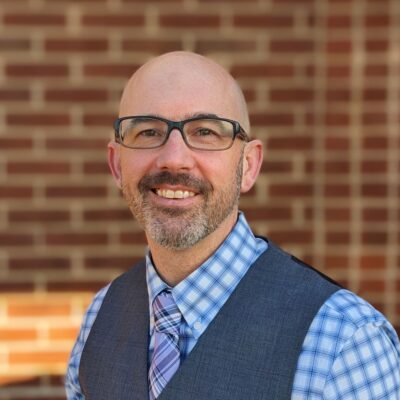As Charlottesville’s economy moved from an agricultural base to an industrial one, the threat to the Rivanna shifted. Suddenly there were impervious surfaces like the asphalt parking lots that spread like smallpox after World War II. They created an incredible storm runoff, a wave of filth that cascaded down into the streams and rivers. “It’s surfaces like rooftops, parking lots and roads,” says Angus Murdoch. As the president of the Rivanna Conservation Society, he works with developers to help them reduce their impact on the waterways. “There’s a lot of pollution that comes directly from those areas and flushes down storm drains.”
In 1972, Congress tried to address the problem plaguing many urbanizing municipalities by passing the Clean Water Act. That legislation requires states to identify impaired or polluted waters, place them on a public list and develop cleanup plans based upon a calculated “Total Maximum Daily Load” (TMDL) of pollutants, which sets limits on the amount of pollution that a stream can tolerate and still maintain water quality standards.
“The TMDL program says, ‘Let’s look at the big picture, figure out what the problem is, figure out what we need to do to fix it,’” says the Southern Environmental Law Center’s Rick Parrish. “The program was promptly ignored for the next 20 years,” Parrish says.
In the mid-1990s, Parrish was instrumental in the development of a federal program that led to Virginia’s surprising adoption of the Water Quality Monitoring, Information and Restoration Act, passed in 1997. Federal rules do not require TMDLS be implemented, so there are thousands—40,000 nationwide—waiting to be processed. The state legislation took account of this backlog by requiring that a plan be implemented within 12 years. That will occur for the Rivanna when the DEQ completes a study later this year that will analyze models of all the samples collected to determine what is actually causing the impairment that was first identified in 1996. Then a clean-up plan will be developed, with the DEQ’s Robert Brent estimating that it will take up to five years to implement it.
One problem at issue is storm water permits. Point source pollution—the industrial or municipal waste a development might cause—is governed by those permits. “Either the state needs to ratchet down on those permits, or the state or the Environmental Protection Agency or the citizens need to enforce them,” Parrish says. Under the Federal Clean Water Act, citizens have the ability to enforce permits by filing a citizen suit, as simple as sending 60-day notice with intent to file suit to the developer. “Require builders to do more,” Parrish counsels.
“Even if the regulations are enforced to the maximum extent, you’re still going to have impacts with impervious surfaces,” says Alyson Sappington, the district manager for the Thomas Jefferson Soil and Water Conservation District. “We work with landowners of all types—farmers, developers, suburban landowners—to ensure that when rain hits their land, less pollutants are running into the water,” she says.
In 1987, the Clean Water Act was amended to carve out an exception for agricultural storm water, “because of the power of the farm lobby,” says Parrish. “That is still considered non-point source pollution and is essentially exempt from regulatory controls.” Farm runoff is a far greater threat in more rural counties than it is here but it is still an issue, particularly for the other counties like Greene and Fluvanna that feed into the Rivanna Watershed. Since the amendment, a number of voluntary incentives have been initiated to convince farmers to take protective steps, like fencing their streams from cattle and opening up a new water source (TJSWCD offers to pay half of a farmer’s cost for taking such measures). Makes sense when you consider that what cows do is eat and poop. And oh, how they love to stand in water, where seven stomachs worth of bovine refuse is deposited in a stream that trickles towards the Rivanna.





